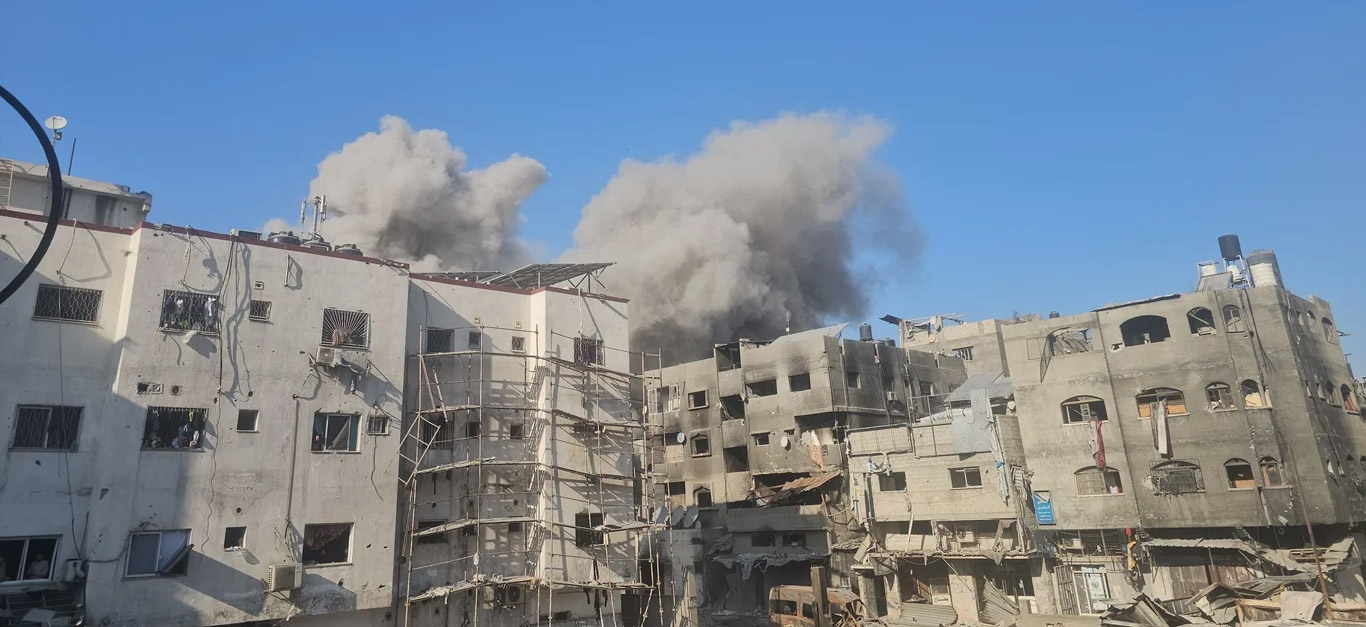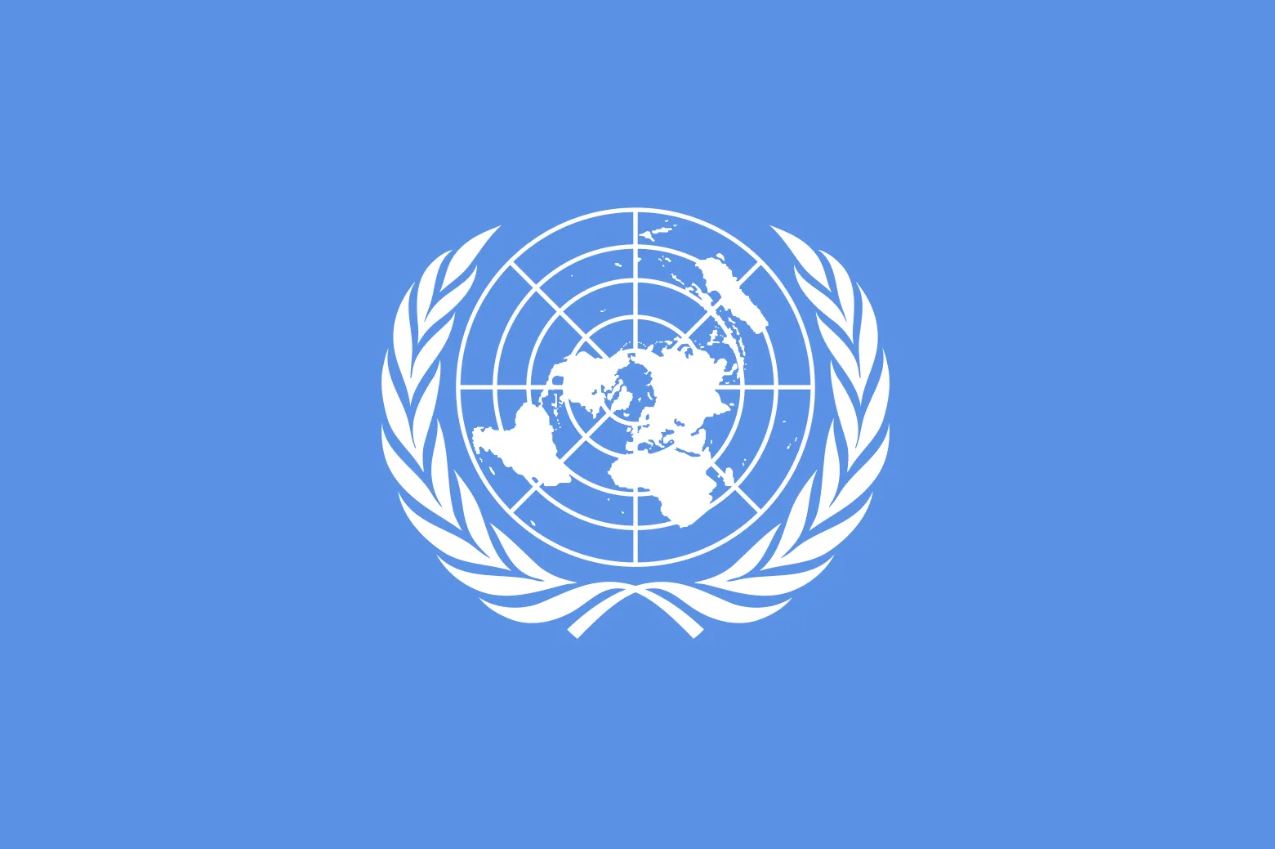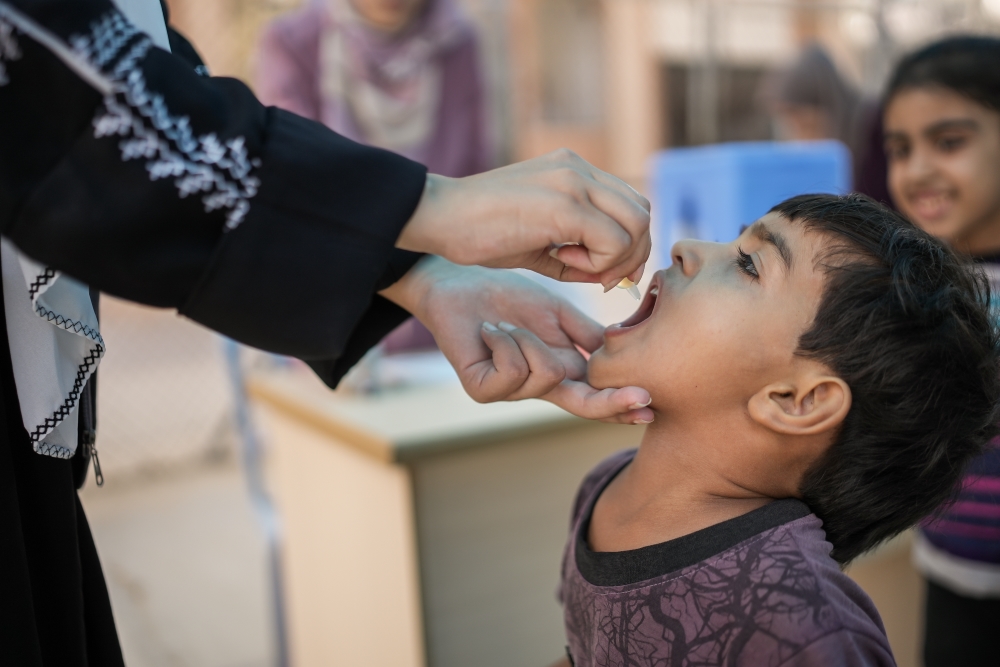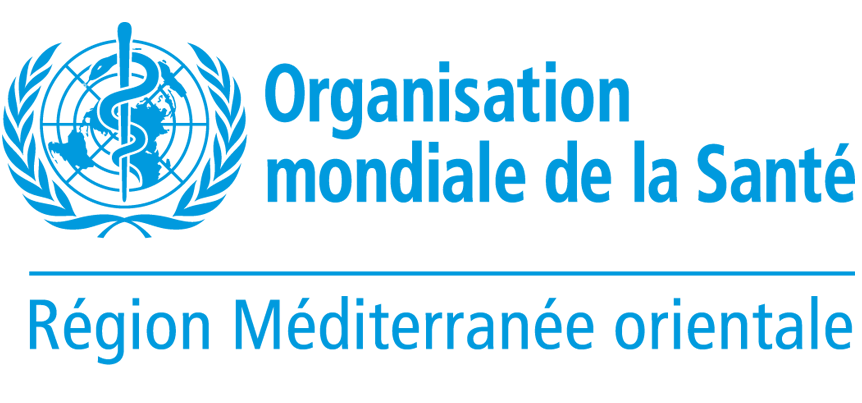Kamal Adwan Hospital out of service following a raid yesterday and repeated attacks since October

28 December 2024 - WHO is appalled by yesterday’s raid on Kamal Adwan Hospital, which put the last major health facility in North Gaza out of service. The systematic dismantling of the health system and a siege for over 80 days on North Gaza puts the lives of the 75,000 Palestinians remaining in the area at risk.
Initial reports indicate that some areas of the hospital were burnt and severely damaged during the raid, including the laboratory, surgical unit, engineering and maintenance department, operations theatre, and the medical store. Earlier in the day, twelve patients and a female health staff were reportedly forced to evacuate to destroyed and non-functional Indonesian Hospital where it is not possible to provide any care, while the majority of the staff, stable patients and companions were moved to a nearby location. Additionally, some people were reportedly stripped and forced to walk toward southern Gaza. Over the last two months, the area around the hospital has remained highly volatile and attacks on the hospitals and on health workers have occurred almost daily. This week, bombardments in its vicinity reportedly killed 50 people, including five health workers from Kamal Adwan Hospital.
Kamal Adwan is now empty. Yesterday evening, the remaining 15 critical patients, 50 caregivers and 20 health workers were transferred to Indonesian Hospital, which lacks the necessary equipment and supplies to provide adequate care. The movement and treatment of these critical patients under such conditions pose grave risks to their survival. WHO is deeply concerned for their wellbeing, as well as for the Kamal Adwan Hospital director who has been reportedly detained during the raid. WHO lost contact with him since the raid began.
An urgent WHO mission to Indonesian Hospital is being planned for tomorrow to assess the situation at the facility, provide basic medical supplies, food and water, and safely move critical patients to Gaza City for continued care.
The raid on the Kamal Adwan hospital follows escalating restrictions on access and repeated attacks. Since early October 2024, WHO has verified at least 50 attacks on health on or near the hospital. Despite the increasingly dire needs for emergency and trauma services and supplies, only 10 out of 21 WHO missions to Kamal Adwan have been partially facilitated between early October and December. During these missions, 45 000 liters of fuel, medical supplies, blood, and food were delivered, and 114 patients along with 123 companions were transferred to Al-Shifa Hospital. But the deployment of international emergency medical teams has been repeatedly denied.
WHO and partners' efforts to sustain the hospitals’ operations have been undone. With Kamal Adwan and Indonesian hospitals entirely out of service, and Al-Awda Hospital barely able to function, and severely damaged due to recent airstrikes, the healthcare lifeline for those in North Gaza is reaching a breaking point.
WHO calls for urgently ensuring that hospitals in North Gaza can be supported to become functional again.
Hospitals have once again become battlegrounds, reminiscent of the destruction of the health system in Gaza City earlier this year.
Since October 2023, WHO has repeatedly issued urgent calls to protect health workers and hospitals as per international humanitarian law —yet these calls remain unheard. Health facilities, workers and patients are always off limits. They must be actively protected and never be attacked, nor used for military purposes. The principles of precaution, distinction and proportionality under International Humanitarian Law are absolute and always apply.
The ceasefire in Gaza brings hope, but immense challenges lie ahead to restore the health system

19 January 2025, the World Health Organization (WHO) welcomes the Gaza ceasefire, hostage and prisoner release deal, which brings hope for millions of people whose lives have been ravaged by the conflict.
The health challenges ahead are immense. The entire population of Gaza has faced multiple displacements. More than 46 600 people have been killed and over 110 000 have been injured. The real figures are likely much higher. Only half of Gaza’s 36 hospitals remain partially operational, nearly all hospitals are damaged or partly destroyed, and just 38% of primary health care centres are functional. An estimated 25% of those injured – around 30 000 people – face life-changing injuries and will need ongoing rehabilitation. Specialized health care is largely unavailable, medical evacuations abroad are extremely slow. Transmission of infectious diseases has massively increased, malnutrition is rising, and the risk of famine persists. The breakdown of public order, exacerbated by armed gangs, raises further concerns.
Addressing the massive needs and restoring the health system will be an extremely complex and challenging task, given the scale of destruction, operational complexity and constraints involved. Billions in investment are needed to support recovery of the health system, which will require the unwavering commitment of donors and the international community.
WHO is ready to scale up the response together with UN health partners including UNFPA, UNICEF, UNRWA and 67 Health Cluster partners. However, it is critical that the security obstacles hindering operations are removed. WHO will need conditions on the ground that allow systematic access to the population across Gaza, enabling the influx of aid via all possible borders and routes, and lifting restrictions on the entry of essential items. Also essential are active protection of civilians and health-care workers, expediting medical evacuations through all possible routes for over 12 000 patients (and their companions) who urgently require specialized care, strengthening and speeding up the referral system to East Jerusalem and the West Bank, and addressing road repairs, rubble removal, and the remediation of unexploded ordnances.
WHO and partners will need a massive scale-up of funding to meet immediate health needs, and to begin to restore the heath system, including the workforce, supply chain and infrastructure.
WHO and partners will implement a 60-day plan to support the urgent restoration and expansion of the health system. Focus will be on key priority response areas, including trauma and emergency care, comprehensive primary health care, child health, noncommunicable diseases (NCDs), sexual and reproductive health and rights (SRHR), rehabilitation, mental health and psychosocial support (MHPSS).
Given the immense needs, WHO is scaling up operations and mobilizing critical supplies and resources for delivery into Gaza. A priority will be the assessment and rehabilitation of partially damaged health facilities in high-need areas. Work is ongoing to urgently increase bed capacity across selected hospitals in northern and southern Gaza, together with the expansion of operational capacities, supporting the hiring and redistribution of national health workers, and increasing deployment of international health workers to fill gaps. Plans are underway to integrate prefabricated clinics and hospitals with existing health facilities to enhance service delivery in underserved and newly accessible areas.
Efforts also are underway to strengthen referral processes for critical care within Gaza and facilitate cross-border medical evacuations. Given the high level of malnutrition and disease outbreaks, WHO is working with partners to expand infant and young child feeding programmes, enhance immunization efforts and reinforce disease surveillance systems for timely prevention, reporting, and outbreak management.
WHO calls on all parties to uphold their commitment to fully implement the ceasefire agreement and to continue working towards a political solution to address the protracted crisis in the occupied Palestinian territory, which is essential for lasting peace.
Dr. Rik Peeperkorn, Representative for WHO occupied Palestinian territory remarks at the meeting of the United Nations Security Council on the situation of the health system in Gaza – 3 January 2025
Mr President,
Excellencies,
 Thank you for this opportunity to brief you on the health situation in Gaza.
Thank you for this opportunity to brief you on the health situation in Gaza.
2025 begins on a somber and deeply worrying note as fighting continues to intensify, and hope dwindles for Gazans who have been enduring this nightmare for fourteen months. Approximately 7% of the population has been killed or injured since October 2023, with over 25% of the 105,000 injured people suffering from life-changing injuries according to WHO estimates. Time and again, hospitals have become battlegrounds, rendering them out of service and depriving those in need of lifesaving care. The health sector is being systematically dismantled and pushed to the breaking point, its resilience tested amid dire shortages of medical supplies, equipment, and specialized staff.
Only 16 out of 36 hospitals in Gaza remain partially functional, with a total bed capacity of just 1,822—far below what is needed to address the overwhelming health crisis. Due to damage, attacks, and shortages, most hospitals can only provide basic care and lack the capacity for specialized treatment of chronic diseases and complex injuries, leading to increased suffering and deaths. Despite these challenges, the pace of medical evacuations remains extremely slow. Since October 2023, only 5,383 patients have been evacuated abroad for medical treatment with support from the WHO. Of these, only 436 have been evacuated since the closure of the Rafah crossing on 6 May 2024. Over 12,000 people still require medical evacuation. At the current rate, it would take 5–10 years to evacuate all these critically ill patients, including thousands of children.
Despite the challenging environment, WHO and partners are doing all they can to keep hospitals and health services operational. However, our ability to move aid is severely compromised. The entry of supplies into and across Gaza remains extremely slow due to restrictions, delays in the clearance of supplies entering the Strip, and obstacles to our missions within Gaza. In 2024, only 111 out of 279 (40%) WHO missions were facilitated, directly impacting our ability to safely and promptly resupply hospitals, transfer critical patients, and deploy medical emergency teams.
Since October 2023, almost every week WHO has repeatedly issued urgent calls to protect health workers and hospitals as per international humanitarian law —yet these calls remain unheard. Attacks on hospitals persist. To date, WHO has verified 654 attacks on health care facilities in Gaza, resulting in 886 fatalities and 1,349 injuries.
In North Gaza, which has been under siege for approximately 90 days, the health and humanitarian situation continues to deteriorate. Only Al-Awda Hospital remains minimally functional and there are no primary health care facilities available in the area. The lack of health care poses a severe threat to the lives of thousands of Palestinians still in North Gaza.
Kamal Adwan Hospital, the main hospital, in North Gaza was put out of service following a raid last week and relentless attacks since October this year. WHO was consistently hindered in accessing the hospital during this period, with only 10 out of 21 missions partially facilitated. On 27 December, the hospital was emptied, majority of patients were forced to a nearby location, while critical patients were transferred to non-functional Indonesian hospital which lacks the necessary equipment and supplies to provide adequate care. WHO remains deeply concerned about Dr Hussam Abu Safiya, the Director of Kamal Adwan Hospital who was detained during the raid. We have lost contact with him since and call for his immediate release.
Reports indicate that key areas of the hospital were burnt and severely damaged during the raid, including the laboratory, surgical unit, engineering and maintenance department, operations theatre, and the medical store. WHO and partners' efforts over the last months to sustain the hospitals’ operations have been undone.
We call for urgent access to the hospital to assess the damage and determine if it can be restored. We also urge for facilitation to transfer the medical equipment from Kamal Adwan to Al-Awda and other hospitals in Gaza City.
At Indonesian Hospital, the situation continues to deteriorate. Although the hospital is out of service, seven patients, nine caregivers, and six health workers remain there. Today, the hospital reportedly received an order to evacuate and to provide a list of names and details of all those still inside. We urge that the hospital and its remaining patients, who are in a dangerous and active conflict zone, be protected. The hospital is already severely damaged, and further attacks will make it even harder to restore the facility.
Al-Awda, which is the last remaining minimally functional hospital in North Gaza, is struggling to stay open. Hostilities continue around the hospital, resulting in an influx of injuries. Thirty-seven in-patients remain inside. Food, water and fuel are depleting fast. The hospital has been without many essential medicines for more than 85 days. Access to the hospital is dangerous for patients in need due to hostilities nearby. Unfortunately, we have just received reports that Al-Awda too has been ordered to fully evacuate. With this the last health lifeline in North Gaza is at the risk of being severed.
WHO is planning a mission to Al-Awda, Kamal Adwan, and Indonesian Hospital for assessment. However, currently, no roads to Kamal Adwan and Al-Awda are accessible. We urge for access to be facilitated urgently and for evacuation orders to be rescinded.
As I close, I want to emphasize that despite the incomprehensible challenges, the health system of Gaza has not collapsed. It is deeply affected and bruised. But against all odds, health workers, WHO and partners have kept services going as much as possible. Al-Shifa and Nasser Medical Complex, which have been restored after being left in ruins following severe attacks, raids and destruction earlier this year are prime examples of the resilience of Gaza’s health system and the inspiring dedication of its health workers. This is nothing short of a feat and is a reason to be hopeful. It shows what can be achieved if health care is protected and peace is given a chance.
I want to remind that hospitals have special protection under international humanitarian law because of their life-saving function. While hospitals may, under specific and limited circumstances, lose their protected status, such use does not then absolve any party from its obligations to comply with all other relevant rules of international humanitarian law that are applicable when launching attacks on military objectives, including the principles of distinction, precautions in attack and proportionality. These remain fully applicable.
Lastly, I once again I repeat WHO’s call:
- to ensure urgently that hospitals in North Gaza can be supported to become functional again,
- for an expedited pace of medical evacuations and use of all corridors from Gaza to get patients out,
- for sustained access to hospitals,
- for increased flow of aid into and across Gaza
- and for an urgent and lasting ceasefire
Second round of polio vaccination in the Gaza Strip aims to vaccinate over half a million children
 11 October 2024 - The second round of an emergency polio vaccination campaign is scheduled to start on 14 October 2024 in Gaza, to vaccinate an estimated 591 700 children under ten years of age with a second dose of the novel oral polio vaccine type 2 (nOPV2) vaccine.
11 October 2024 - The second round of an emergency polio vaccination campaign is scheduled to start on 14 October 2024 in Gaza, to vaccinate an estimated 591 700 children under ten years of age with a second dose of the novel oral polio vaccine type 2 (nOPV2) vaccine.
This follows a first round, which was successfully implemented from 1-12 September 2024 and vaccinated 559 161 children, or an estimated 95% of eligible children at governorate level, according to independently conducted post-campaign monitoring. As with the first round, the second round will have three phases, each involving three campaign days and one catch-up day.
A minimum of two doses of nOPV2 are needed to interrupt poliovirus transmission. However, this will only be achieved if at least 90% of all children are vaccinated in all communities and neighbourhoods. In this round, vitamin A will be co-administered alongside polio vaccine, to help boost overall immunity among children between the ages of two and ten years.
The campaign, being conducted by the Palestinian Ministry of Health in collaboration with the World Health Organization (WHO), the United Nations Children’s Fund (UNICEF), the United Nations Relief and Works Agency for Palestinian Refugees (UNRWA), and other partners is part of emergency efforts to stop the polio outbreak in Gaza, which was detected on 16 July 2024, and prevent further spread of poliovirus.
Once again, meticulous planning, coordination and implementation will see an extensive network of teams vaccinating at selected health facilities and outreach posts. Mobile teams will actively reach out to families living in shelters, tents and camps for internally displaced people. Local teams will be deployed in areas that need special coordination to reach children, including those who could not receive vaccine in the first round. The first round demonstrated that overwhelming logistical challenges — including operating amid devastated infrastructure and constant population movements — can be overcome through an extraordinarily resilient and dedicated health workforce and strong community demand for polio vaccination, if all parties respect the planned humanitarian pauses.
More than 800 social mobilizers will reach out to families to raise awareness on the importance of taking the second dose as well as on the dates and locations. Radio spots, short message services (SMS) and all digital channels available in Gaza will also amplify these messages. This outreach will continue until the round concludes.
Additionally, logistical and programmatic needs, such as training health and community workers, provision of adequate supplies, recording of data by independent monitors, and demarcation of areas being covered by mobile teams, have been streamlined for the second round.
To cover the two rounds, 1.6 million doses of the vaccines were delivered in the past two months as well as 20 refrigerators, 10 freezers, 100 ice boxes, and 800 vaccine carriers — all equipment required to maintain vaccines at a temperature between 2 and 8°C.
Once again, a humanitarian pause will be a pre-requisite to implementing a successful second round, particularly to ensure all polio workers can operate in a safe and secure environment, and communities and families can obtain vaccination for children without fear.
A substantial constraint to the polio campaign will again be reaching children living in areas outside humanitarian pauses , who were not covered in the last round. This requires coordination and approvals to allow programme supervision and monitoring, which would contribute significantly to ensuring all children, regardless of their location, are vaccinated.
WHO and UNICEF renew their urgent request to all parties to the conflict to implement the necessary humanitarian pauses in Gaza for this second round. This is particularly critical as new evacuation orders in the north of Gaza are threatening access to hospitals and protection of health facilities and health and community workers. Vaccination teams must be protected and allowed to conduct the campaigns safely. We urge all parties to ensure their protection, and that of health facilities and children.
Editors’ notes
Circulating variant poliovirus type 2 was confirmed in Gaza in six environmental samples in July 2024, in a ten-month-old paralysed child in July 2024, and in another five environmental samples collected on 5 September 2024.
More information on the Global Polio Eradication Initiative, and daily updates on the outbreak response campaign, are available on the initiative's website. Scroll down the page to the list of polio-affected countries and click on ‘occupied Palestinian territory’).








